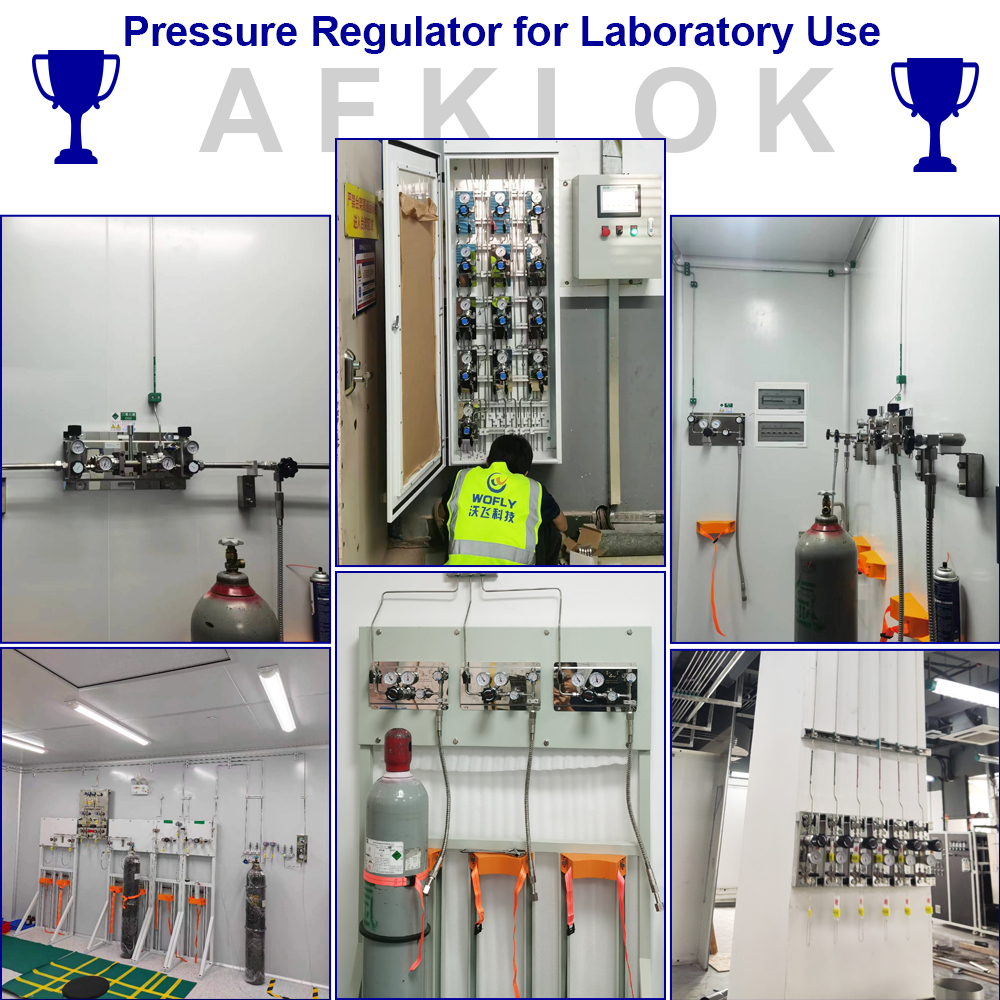Why do I need to avoid overpressure?
Equipment damage: Downstream instruments, pipelines or vessels may rupture due to pressure exceeding design values.
Safety hazards: Gas/liquid leaks can lead to fire, explosion (e.g. flammable media) or mechanical injury.
Regulator failure: Prolonged overpressure can damage diaphragms, springs or spools, resulting in regulation failure.

Common causes of overpressure
Upstream pressure surge: e.g. uncontrolled pressure of air source, sudden start of pump.
Downstream blockage: Valve mistakenly closed or filter clogged, resulting in pressure build-up.
Regulator failure: Valve spool jammed, diaphragm rupture, losing the function of pressure reduction.
Incorrect operation: Manual adjustment exceeds the system pressure limit.
How to avoid overpressure effectively?
1. Choose a pressure regulator with safety features
Built-in pressure relief valve: some regulators have integrated pressure relief holes (e.g. LPG pressure reducing valves), which automatically vent the air in case of overpressure.
Flow limiting design: Physically limiting the maximum output pressure (e.g. unregulated pressure reducing valves).
2. Used in conjunction with an independent safety valve
Installation position: The safety valve should be located downstream of the regulator, near the equipment to be protected.
Setting value: Safety valve starting pressure ≤ Maximum allowable pressure of downstream equipment (usually 1.1~1.2 times the set pressure).
Type selection:
Spring-loaded safety valve: for gas/liquid, reusable.
Rupture disc: one-time pressure relief, for extreme high pressures or corrosive media.

3. System Design Redundancy
Parallel redundant regulators: Critical systems can be configured with dual regulators + switching valves for manual switching in case of failure.
Pressure sensor + alarm: real-time monitoring of downstream pressure, triggering shutdown or audible and visual alarms in case of overrun.
4. Operation and Maintenance
Slow pressure increase: gradually increase the pressure when regulating to avoid shocks.
Regular test: manually trigger the safety valve to check its effectiveness (pay attention to safety protection).
Replacement of worn parts: e.g. aging of diaphragms and seals can lead to failure of the pressure relief function.
Safety Valve Selection Example
| Parametric | Example Value | Clarification |
| Medium | compressed air | Compatible material stainless steel |
| Set Pressure | 10 bar | Lower than the maximum pipe pressure (e.g. 12 bar) |
| Leakage Rate | 50 m³/h | Required to meet maximum system overpressure flow requirements. |
| Connection Method | G1/2” Thread | Match pipe size. |
Typical application scenarios
Laboratory gas cylinders: oxygen regulator + safety valve to prevent overpressure in experimental equipment.
Industrial boilers: main regulator + multiple safety valves, complying with ASME standards.
Hydraulic system: relief valve as safety valve to protect cylinders and pipelines.
Precautions
Safety valves must not be isolated: it is forbidden to install globe valves in front of safety valves (unless interlocked and protected).
Direction of media discharge: Flammable/toxic gases need to be directed to a safe area (e.g. flare system).
Periodic calibration: Safety valves need to be calibrated according to regulations (e.g. annually).
Post time: May-16-2025